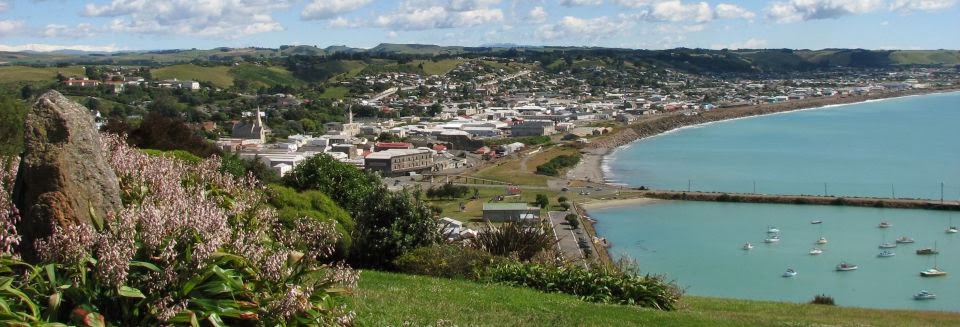Driving in the UK (added 28/3/14)
I had “promised” that I would write up some
things about our experiences driving in Great Britain. For our record
anyway, I still want to do that.
Where does one begin? What I am writing here is
about the challenges of driving in the UK – not the scenic
beauty, not the other drivers, not the state of the roads.
1) Roundabouts. BIG roundabouts.
We had never experienced such confusing signs at
roundabouts. Prior to the roundabout would be the usual big sign with
the exits diagrammed, sometimes even numbered. But going ‘round the
circle, what was an exit and what was not? Sometimes there was a
little side entry or exit that didn’t count. And by the time we
stopped for the traffic lights and manoeuvred the lanes it was
easy to get mixed up about just how many exits we had passed or where
we were in relation to the diagram.
But we could always circle the roundabout again,
couldn’t we? And we did. But that posed its own problem: figuring
out the meaning of the sign at each exit. Maybe we better circle it a
third time…
And yes, the roundabouts were often controlled by
traffic lights at major intersections. Imagine driving around a
roundabout and stopping for a traffic light at every exit or
entrance! We avoided peak travel times when possible.
2) Branches covering the signs.
It didn’t help that some of the signs before the
roundabouts were half covered by branches of trees. And this wasn’t
just at the roundabouts. We concluded that trees partially covered
signs about 70% of the time. Some citizens – or visitors – put
this down to the depressed economy, so that not much maintenance has
been done the last few years. It seemed to me that trimming the
offending foliage was a wide-open opportunity to promote employment!
3) Lack of signage.
No signs just when we needed them. Following
Google instructions didn’t necessarily get us there!
But I’m not convinced we’d opt for a GPS
system next time we travel. That was also a challenge for people
using it. I still certainly prefer my big U.S. atlas for travel in
the States. That seems to work pretty well when coupled with Google
instructions and map – though sometimes we couldn’t agree on
which was best to follow! Ah, there can be too much of a good thing.
4) Street signs within a town.
We had to look for these. They might be down low
on a wall or up higher on a building. Or, of course, non-existent.
5) Arrows pointing the wrong way.
Just when we thought we had the right street, we
would reach an impasse. Retracing our steps, we discovered the arrows
on the sign were pointing at a 90-degree angle to the correct
direction.
6) Narrow streets and narrow footpaths.
Some of the old cities and small villages had very
old streets (all interesting, of course). As the main highway led
through the centre of a small town, it would narrow to the point, at
times, where two vehicles could hardly pass, particularly if one of
them was a bus. Just when we were ready to turn around, thinking we’d
missed our road, it would open out again.
In the cities the old cobblestone and brick
streets might be so narrow that buildings loomed right next to the
street. Add a footpath that was less than a metre wide, and one might
be forgiven for feeling that he risked being squashed between traffic
and building. All this could make for interesting walking. (We were
not usually driving ourselves on city streets like that. We took the
buses or underground into the city and walked from there.)
We did have the opportunity to ride with a “local”
in London (a former Kiwi who had lived there for about seven years).
What an experience! But one thing was certain, you shouldn’t count
on getting anywhere in a “usual” amount of time.
7) Better signs elsewhere?
We found ourselves relaxing when we arrived in the
U.S. (the signs were better), only to find ourselves noticing
– you guessed it – branches blocking signs, arrows pointing the
wrong way, unclear directions. But this was nothing on the level
experienced in the UK. We have to admit also that back here in NZ we
have become accustomed to “what’s wrong with” our signage:
we learn when there won’t be signs for major cross streets, for
instance.
So what we were dealing with was, in part,
differences. What one expects is not there, but does that make it
worse? or just fascinating?
